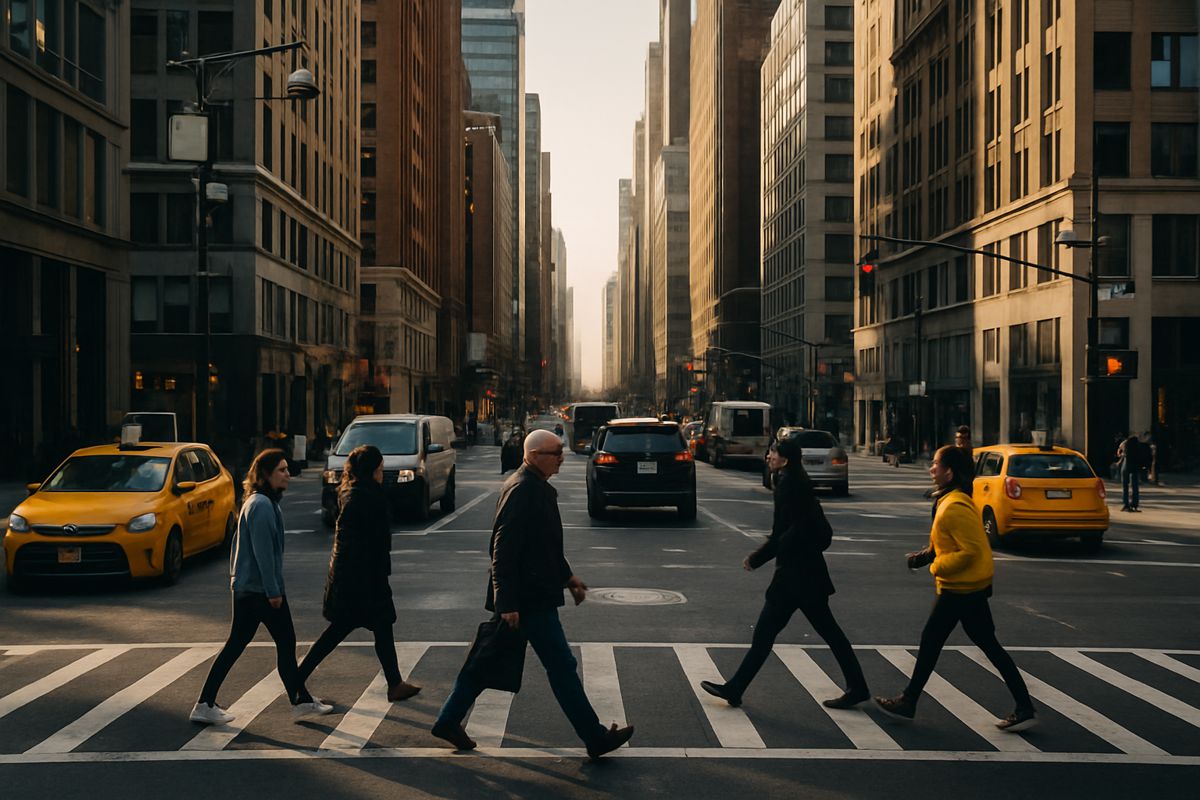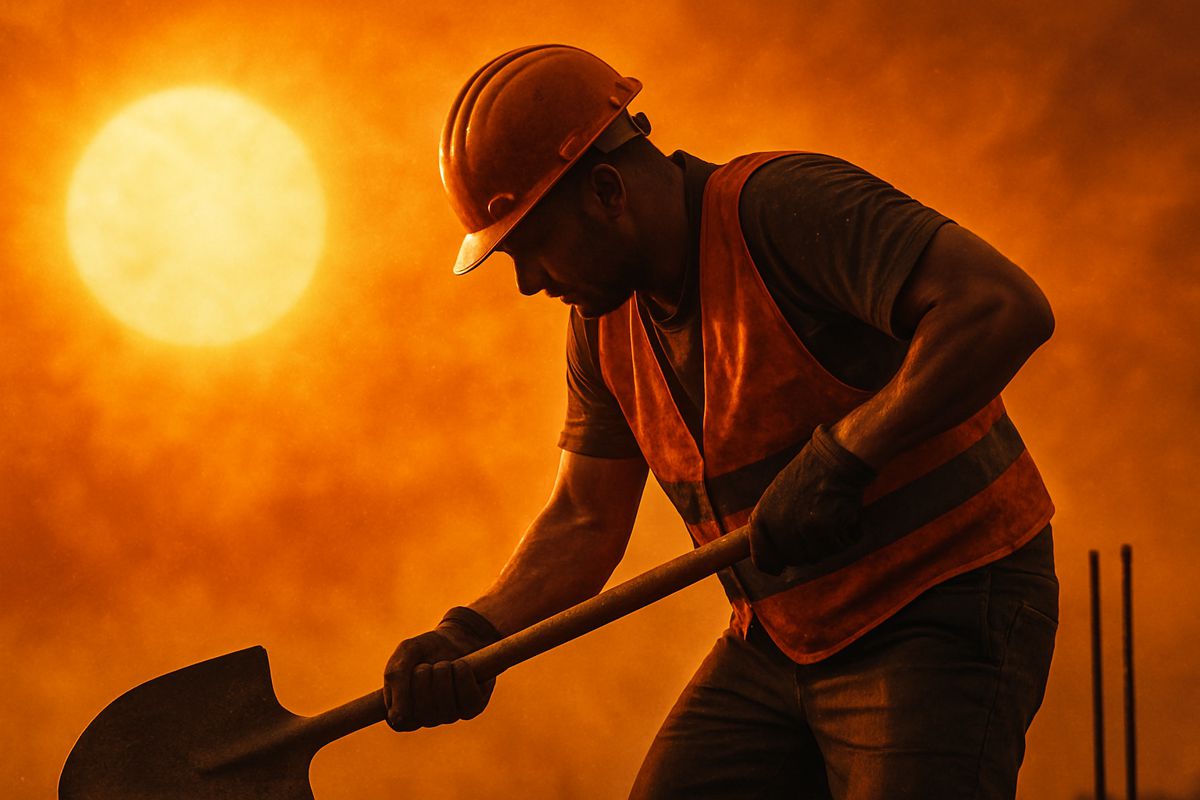Reducing the Risk of Construction Accidents
Construction sites can be hazardous places especially if health and safety procedures are not carried out correctly or regularly updated. Unfortunately, despite widespread awareness of effective risk management, accidents on construction sites still happen frequently. Whilst many are just accidents that could have not been reasonably prevented, in some cases employers can be seen to be negligent and are therefore, legally held responsible. With recent research suggesting that 1 in 10 workers will suffer an accident at work due to tiredness, it’s clear that helping to prevent accidents on building and construction sites goes much further than simply keeping your risk assessments up to date. Here, the specialist team at LegalExpert.co.uk reveal their expert advice on how to reduce the risk of accidents at work.
Common accidents at construction sites
Firstly, it is worth reviewing the five most common types of construction-related accidents and risks to be aware of in this particular type of workplace. These are:
- Falling Materials – According to the The Occupational Safety and Health Administration (OSHA) falling materials on building sites make up 10% of construction site injuries which can lead to severe head and neck injuries.
- Slips and Falls – The OSHA reports 36% of construction site injuries are caused by slips trips or falls.
- Equipment Malfunctions – Poorly secured electrical systems electrical systems or machinery failure can cause a plethora of accidents on construction sites.
- Overexertion – Harsh weather conditions or working through breaks to meet tight schedules can lead to accidents and mistakes that put individuals at risk.
- Vehicle Accidents – Vehicles on construction sites actually cause a surprising amount of accidents from minor leg injuries to severe back injuries.
Who is responsible for safety and managing risks on a construction site?
There are in fact numerous individuals responsible for safety on a construction site including the client, construction company; the designer, the architect; the constructions regulations coordinator; and the principal contractor, and site manager. It is particularly important to establish WHO has legal responsibility; due to the Occupiers’ Liability Act any occupier of a property, which is often a construction company, has a duty of care for any individual entering their property, even if they are not their employees. This duty of care had been reinforced by the Construction Design and Management Regulations, which ensure this responsibility regarding construction sites is shared between the aforementioned parties.
Due to the case complexity of accidents that occur on construction sites, many different individuals could be held accountable for paying out compensation for any construction accident claims depending on who is deemed as negligent. For example the Constructions Regulations Coordinator could be held negligent if they had failed to disclose the necessary health and safety standards to the client.
Due to the potential confusion that can arise regarding who may be held responsible in the case of an accident, it is sensible for every individual to take responsibility for their own actions by ensuring that they are following the required health safety processes and procedures that have been specifically assigned to their role, avoiding the temptation to cut corners to save time or costs.
Four key steps to reduce the risk of construction accidents:
- Create a ‘safer culture’ – Health and safety procedures are simply pieces of paper unless the people in charge of delivering them are willing to stick by them and oversee their adoption by others. Working with employees and contractors to create a safer working culture will ensure that individuals will feel less inclined to breach policies and will likely be challenged by others when they see such activities taking place.
- Accurate signage and visual signals – Construction sites are noisy places and many roles require the use of ear defenders and plugs, meaning visual signage is even more important than in other working environments. Making sure all necessary signs are in place and accurate, such as Warning signs and Emergency Exits signs, as well as visual signs to indicate a problem or emergency are all essential to ensuring everyone on the site remains safe, particularly in the event of an accident.
- Regularly review risk assessments AND their implementation – Risk assessments are a basic requirement by law for any construction site, but this point refers to the physical implementation of these assessments and their suitability for the individual project, timescales and site conditions. Most risk assessments are treated as a simple paperwork exercise, meaning that those taking part in the briefings are unlikely to be paying specific attention to the risks which may be present on this particular job. Taking the time to ensure that all risk assessments and health & safety site inductions are relevant and updated is essential to keeping all site visitors safe.
- Assign clear responsibility for Health and Safety procedures – any lapse in health and safety procedures in the workplace by an employer can easily become a case of negligence if an employee has a construction accident. By appointing a key person whose main responsibility is to ensure that Health & Safety procedures are followed at all time, ensures that individuals and sites are constantly being monitored, with any potential risks identified and rectified as they happen.
Construction sites will always carry an element of risk for those working on them and this can never completely be eradicated. However, when everyone is working to the same set of standards and procedures, the overall risk of constructed-related accidents can be greatly reduced.




















